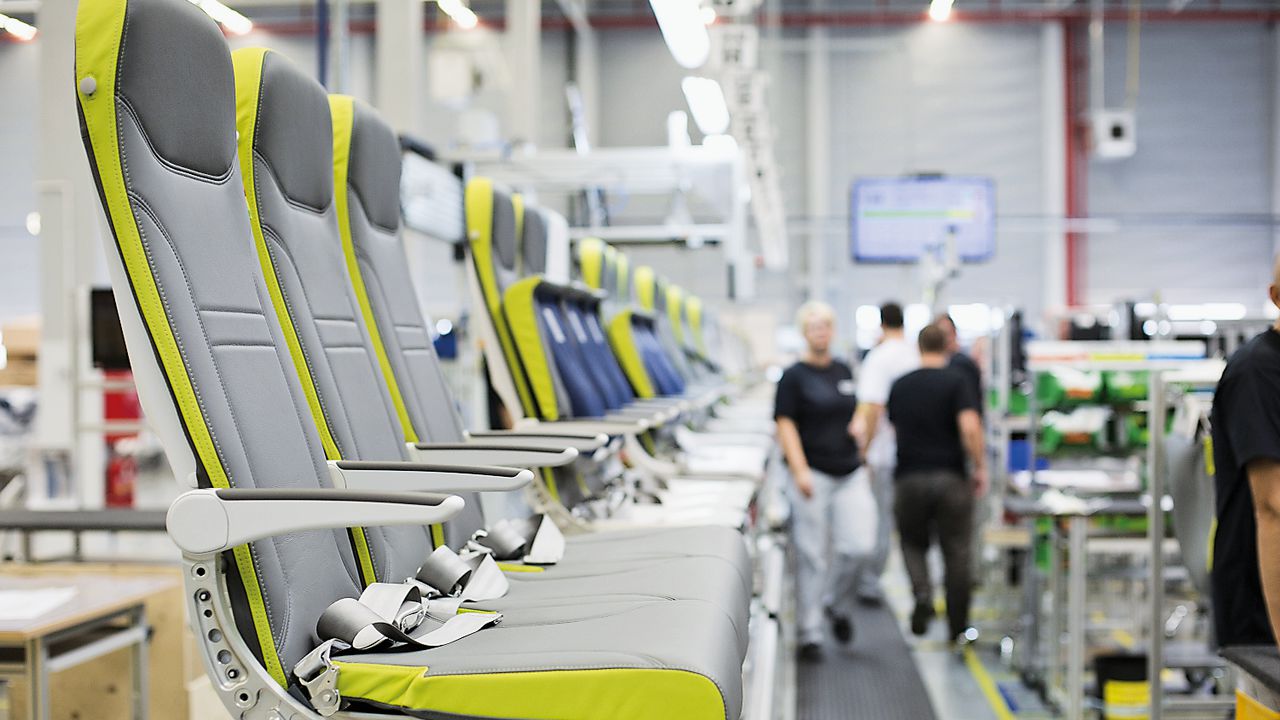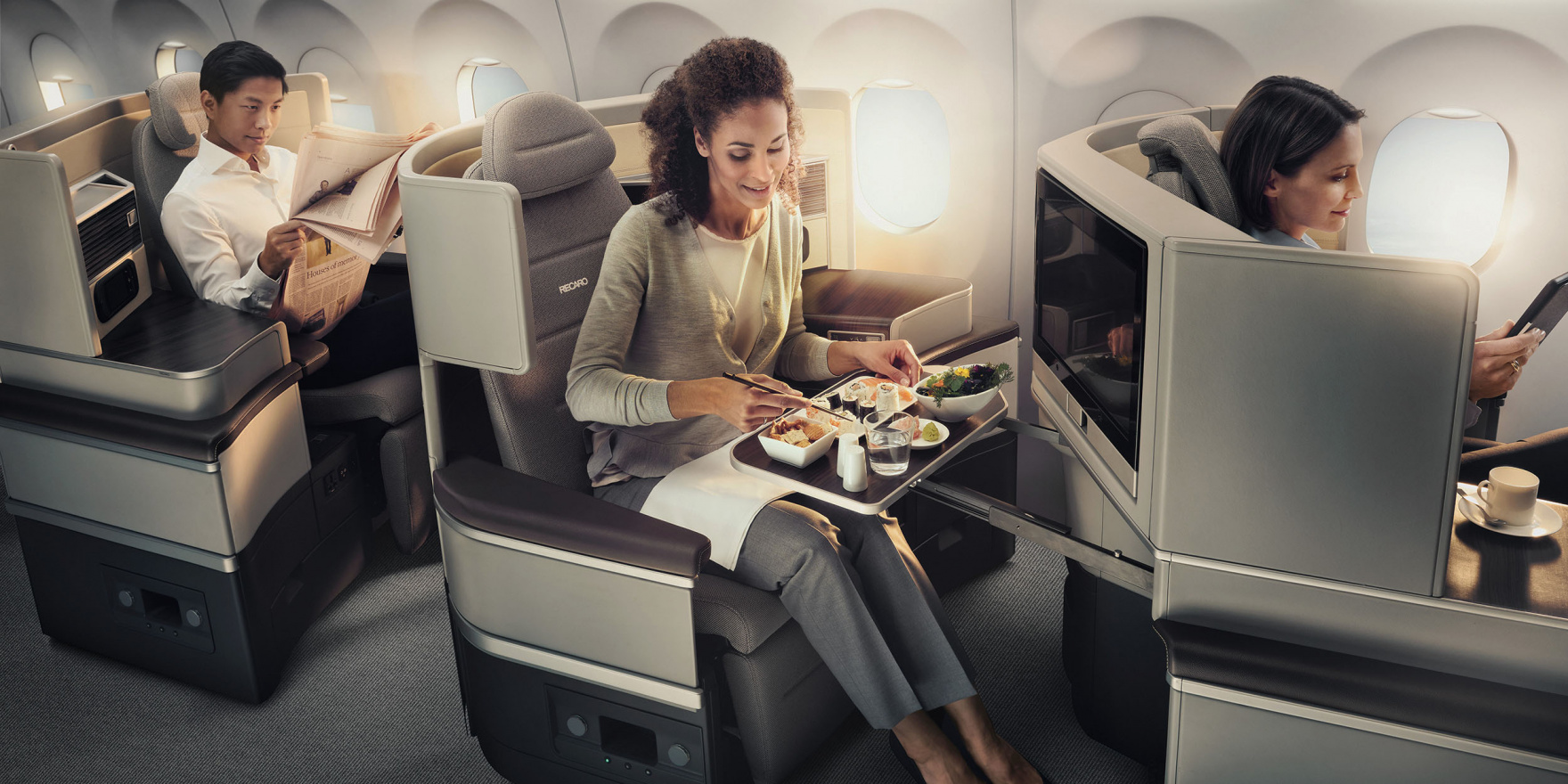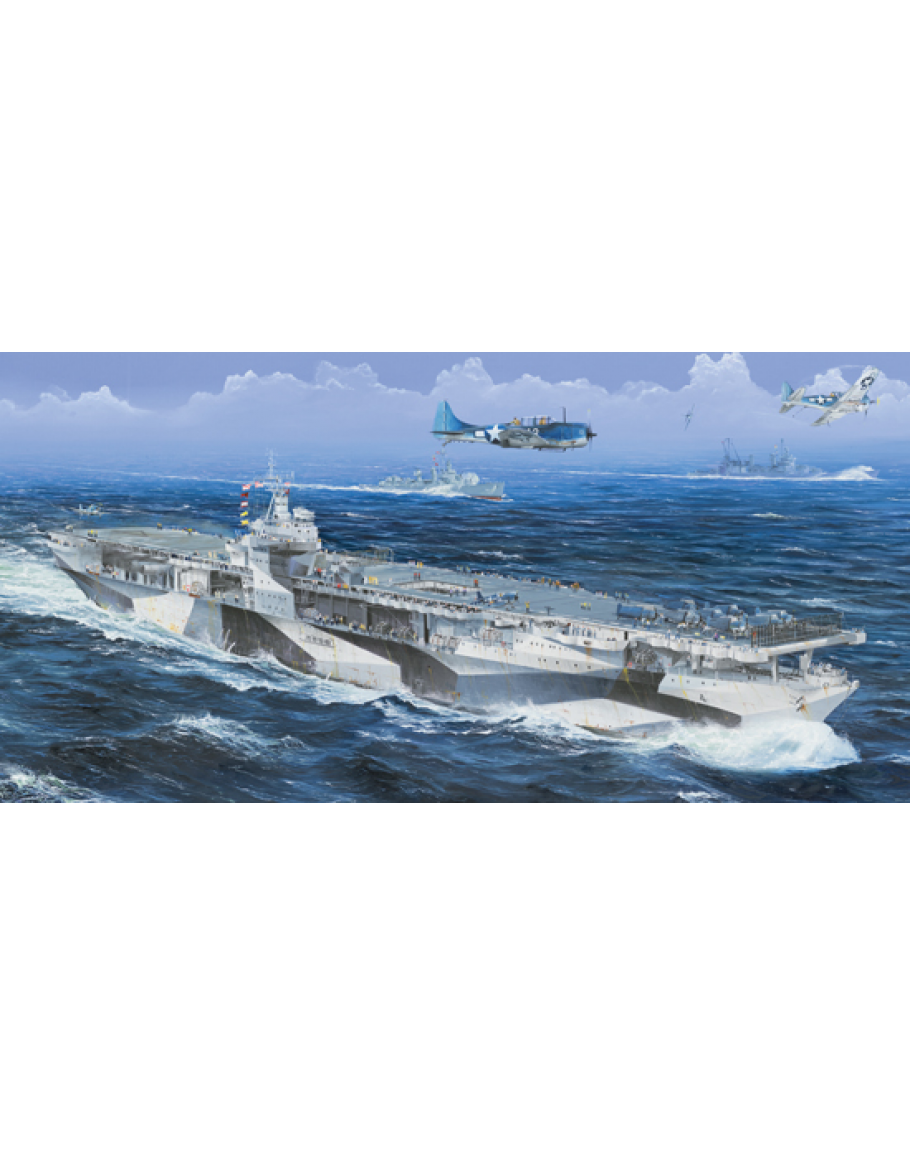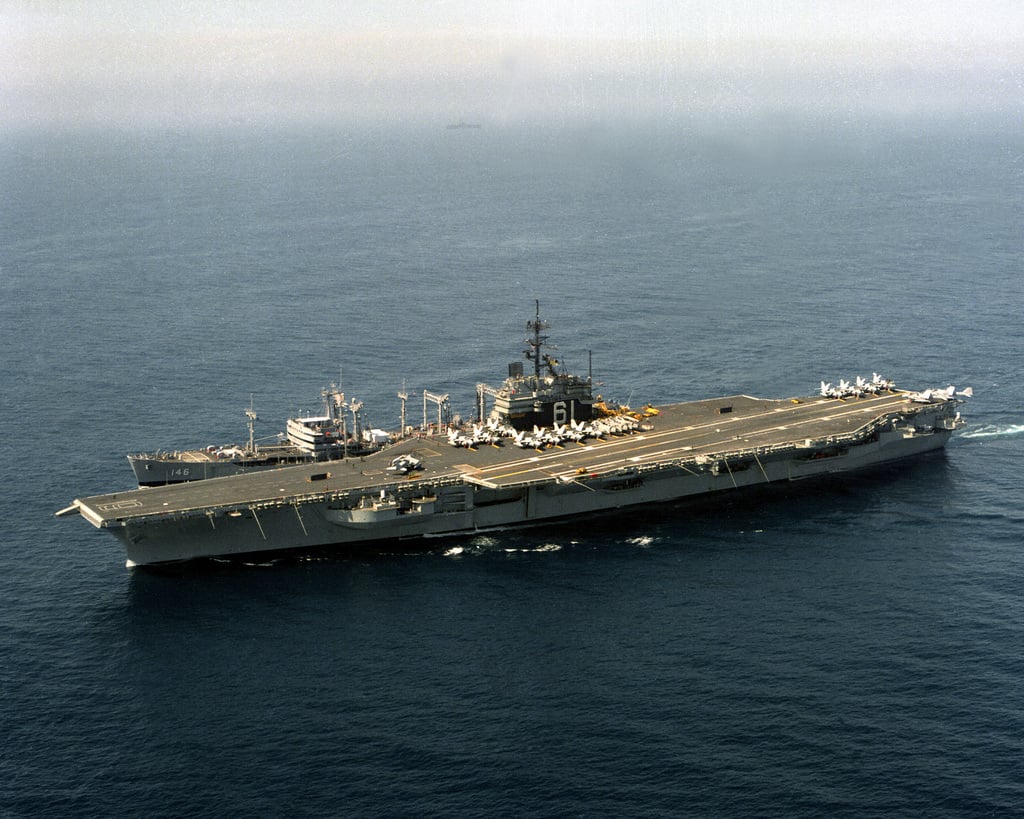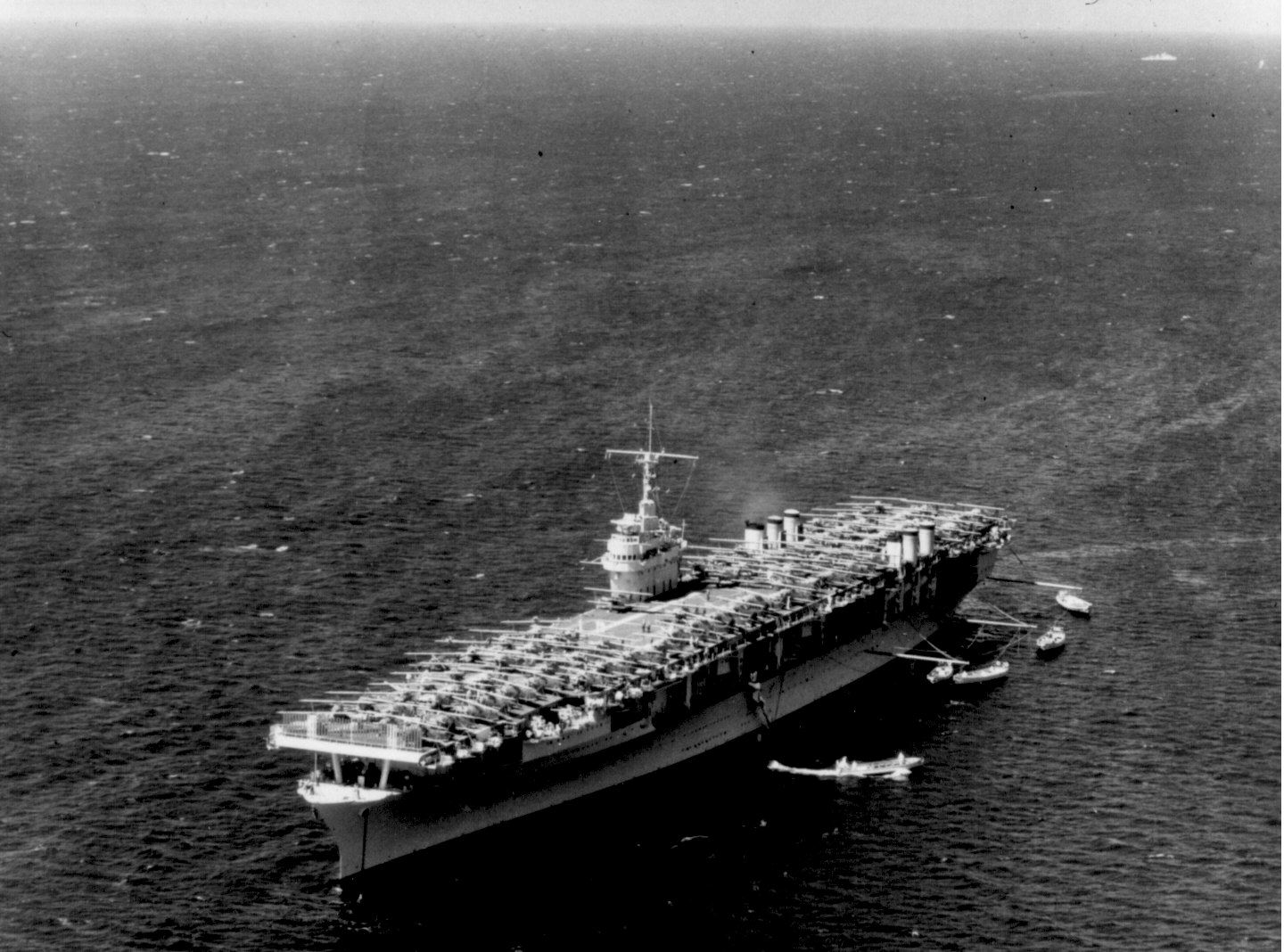Qualified Business Use Of Aircraft - State TaxesWhich leads us to the issue of local taxes, mainly state sales and use taxes. Horton says many owners have been bitten by large tax bills they did not expect because of a poor grasp of state sales tax laws.
Recovery periods under the ADS system tend to be longer than recovery periods for the same property under MACRS. The ADS recovery period for business aircraft used in commercial or contract carrying of passengers and freight is 12 years, while the ADS recovery period for business jet aircraft used in other trades or businesses or for the production of income is six years.
Qualified Business Use Of Aircraft

"Also, from a sales and use tax standpoint, it's very good to have a leasing structure where the aircraft is dry leased from the owner entity to the operating business. That way, you can usually significantly mitigate sales tax," Horton adds.
A Use Policy Needs Stakeholder Input Ownership
An owner might be well advised to carefully document some personal use as legally allowed fringe benefit flying, a solution that may work for some businesses when the nature of the flight is not recreation, such as going to a medical appointment or checking on a personal investment
. In this case, the IRS allows the business to deduct the aircraft expenses for those flights as long as the owner recognizes some income based on a standard cost-per-mile formula. In addition to the bonus option, aircraft owners can also reduce tax liability by taking what is called the Section 179 Expensing Election.
This applies to both new and used aircraft and related equipment. For 2011, says Horton, you can deduct up to $500,000 for an aircraft-related purchase, provided that the total capital assets placed in service do not exceed $2.5 million.
For 2012, the expensing election is reduced to $139,000, phased out at $700,000 in capital asset additions. The Tax Cuts and Jobs Act of 2017 (the “Tax Law”), permits qualified purchasers of new and pre-owned aircraft to elect, for the purchaser's first year of ownership, to deduct from the purchaser's gross income 100% of the purchaser's basis
About Altivation
in the aircraft (what we will call in this summary “Depreciation”). Notably, absent congressional action, this permitted deduction will shrink starting in 2023, dropping 20% each year for four years until it fully expires at the end of 2026. This summary provides a high level review of key considerations for purchasers seeking to take advantage of
this new, larger deduction. In a November 2015 issue of its "Business Aviation Insider" magazine, NBAA states that the Business Aircraft Use Policy helps set and align expectations among the company's passengers, executive leadership team, board and the flight department.

"You don't have to take the bonus," Horton told us, and for some taxpayers, conventional depreciation might be more advantageous. However, if the full bonus is applied, it can be used to show a loss, which may allow the taxpayer to amend previous year returns and get money back.
This acceleration of depreciation deductions is particularly true with respect to assets for which so-called "bonus depreciation" is available. One tradeoff with using bonus depreciation is that less depreciation will be available to offset income in later years.
Are You Ready To Become The Proud Owner Of Your Very Own Business Jet?
A reasonable interpretation of the provision is that transportation expenses incurred for travel to or from business locations other than the employee's primary place of business should not be considered a non-deductible commuting expense, but should be considered as ordinary and necessary business travel expenses under Code
§ 162 even if the trip begins or ends at the employee's primary residence. Furthermore, the new provision does not provide guidance regarding how to determine the non-deductible amount and leaves open the question regarding the deductibility of commuting expenses that are imputed as income to the employee.
A reasonable reading is that the full amount of the expenses should be deductible to the employer if the proper amount of income is imputed to the employee. Use tax may be imposed regardless of where the owner takes delivery of the aircraft as the application of use tax depends on where the aircraft is based or used most frequently.
Laws regarding use tax vary significantly from state to state as some states exempt aircraft from such tax while others do not have such tax. Owners must also be particularly cautious about how much time the aircraft is used for personal, non-business uses, including entertainment and commuting.
Prior law disallowed entertainment expenses incurred on behalf of existing or prospective clients and customers and other entertainment related events unless actual business activities or discussions were being conducted immediately before, after or during the entertainment event.
The Act modified Code § 274 so that entertainment expenses are no longer deductible. This new rule applies to aviation related expenses regardless of whether the expenses were directly related to a taxpayer's trade or business.
Until guidance is issued, it is reasonable to apply existing rules that look to the primary purpose of the trip from the standpoint of each individual traveler to determine the deductibility of such expense. Finally, the Tax Law introduced a new, but ambiguous requirement for purchasers hoping to qualify for 100% bonus depreciation.
Specifically, "the original use" of the aircraft must begin with the taxpayer. Unfortunately, neither Congress nor the Internal Revenue Service has clarified exactly what this phrase means or how this language might apply to new or pre-owned aircraft.
If, however, an executive uses their employer's aircraft to travel with family to a vacation destination and visits their employer's local office during the trip, this would likely not be a qualified business use of the aircraft.
In this example, although the executive is conducting business during the trip, that was not the primary purpose for the flight, and the executive's fellow passengers were members of their family traveling for personal purposes rather than colleagues or business associates traveling for business reasons.
In some cases, aircraft are depreciable for income tax purposes, but do not qualify for bonus depreciation and/or accelerated depreciation under the MACRS system. For example, an aircraft does not qualify for accelerated depreciation under the MACRS system if it is not used at least 50% of the time for qualified business uses — more on that in a moment — or is used predominantly outside the United States.
And the documentation is important, a detail some filers forget. You can organize it after the fact, but you'll need to keep good records. "On audits, you must show evidence of the purchase price to show the basis you used for the depreciation," Horton explained.
"You need to maintain flight logs, showing the date of the flights, the flight time and route of travel, the purpose of the trip, the number of passengers on board the aircraft and their purpose for making the trip."
The Act also modified the deductibility of expenses incurred in providing transportation between an employee's residence and place of employment, unless the transportation related expenses are incurred primarily for the employee's safety. Before the Act, commuting expenses of this type were generally deductible as a compensation related fringe benefit.
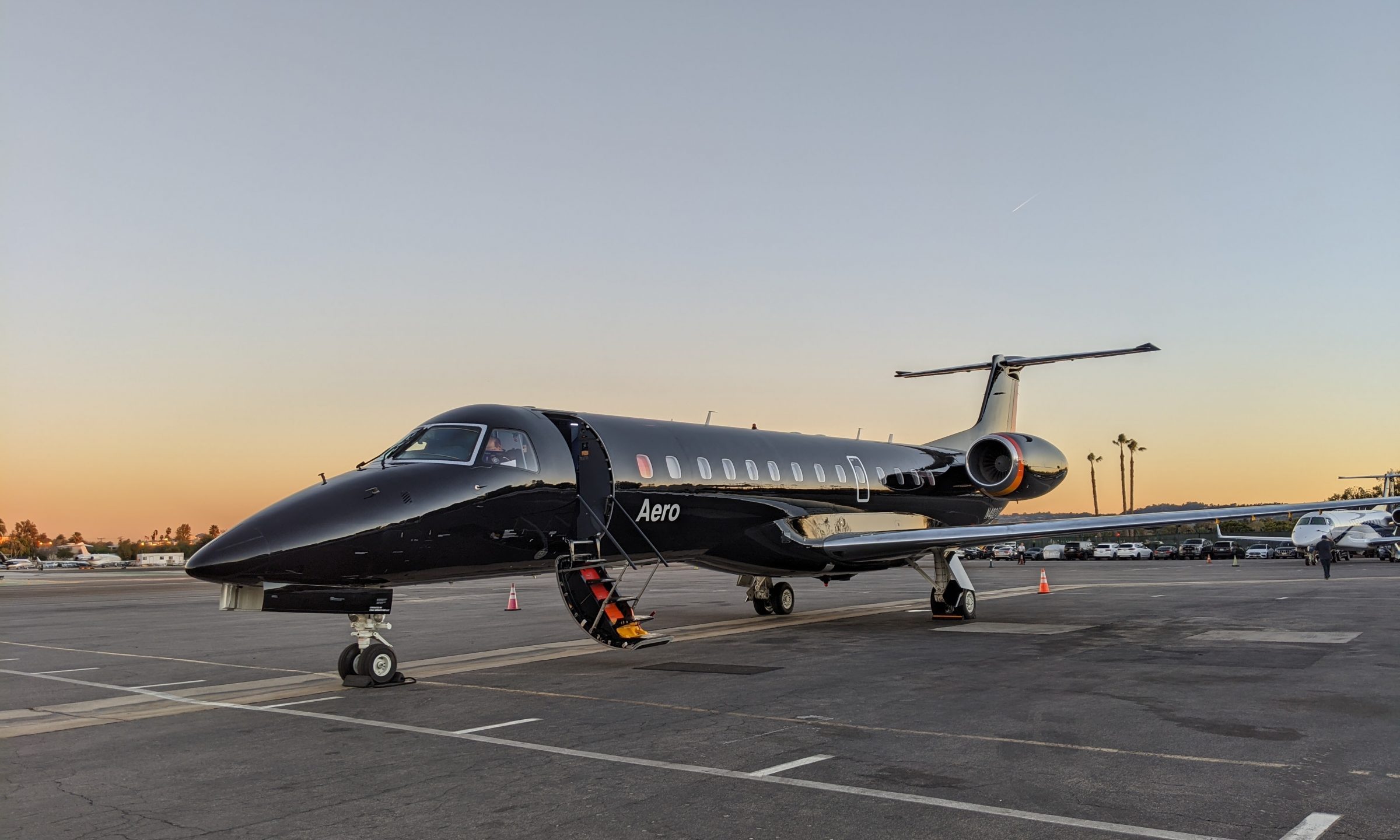
These expenses were deemed ordinary and necessary expenses under Code § 162. Additional guidance should be provided to determine the boundaries of this new provision. For example, does the new limitation include travel between each residence and place of employment of the employee or just travel between the employee's primary residence and primary place of employment?
Before the Act, Code § 1031 provided that no gain or loss was recognized when property held for productive use in the taxpayer's trade or business was exchanged for property that was "like-kind." Under the former § 1031, if an aircraft used in a taxpayer's trade or business was sold to trade up, the taxpayer could use this provision to essentially defer the gain on the sale.
This is no longer the case as the Act modified Code § 1031 to only permit like-kind exchanges of real property. Although this change is quite significant, the impact of the elimination of like-kind exchanges can be mitigated by the new bonus depreciation rules.
All these situations need to be addressed within the Use Policy. Doing so takes the flight department out of the role of "traffic cop" and enables them to focus on what's most important, the safe operation of the aircraft.
"... allows for greater accelerated depreciation over longer time periods, which is beneficial to individuals and businesses as it allows them to deduct greater amounts at the beginning of an asset's life, and relatively less later on."
To get the lowest possible total cost per hour, you need to increase your flight hours. Basic math tells us that when the denominator of a fraction goes up (in this case, flight hours), the value of the whole fraction (total cost per flight hour) goes down.
“So the example is that if you installed, say a new G600, for $30,000, off the top under 179, you could take the entire amount. You wouldn’t even need to use the bonus because the 179 election would absorb the entire amount,” Horton says.
(As a rule, the bonus applies only to new property, while Section 179 elections can apply to both new and used.) Under the Act, 100% of the cost of an aircraft used in a trade or business may be depreciated during the first year of ownership (hereinafter referred to as "bonus depreciation").
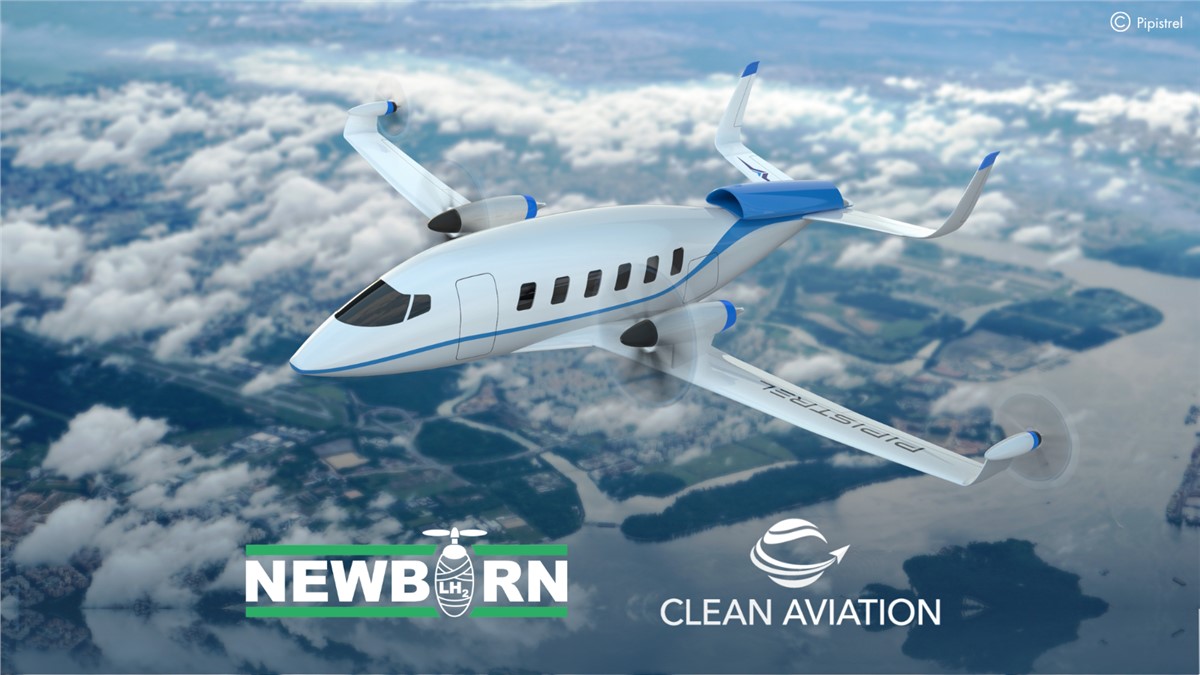
These new rules apply to purchases of either new or pre-owned aircraft acquired and placed in service after September 27, 2017 but before January 1, 2023. If the aircraft does not qualify for bonus depreciation, its acquisition cost will be depreciated using the straight
line method. Bonus depreciation applies only if the aircraft has 50 percent qualified business use. That means that at least 50 percent of the hours flown on the newly purchased airplane were documented business use, but there are some business flights that may not count as qualified business use, such as a business flight operated under a lease from a related party.
That is a contentious area that the IRS is currently reviewing. As previously noted, bonus depreciation is only available for aircraft used in a trade or business. As a result, if the aircraft is to be acquired by a properly structured family office that is engaged in a trade or business, the taxpayer may obtain a sizable tax deduction in the year of acquisition if the family office has other business income that may be
offset by the bonus depreciation. Otherwise the loss will be carried forward under the new more limited deductibility rules. Under these rules, a so called excess business loss many only offset up to $500,000 (for married taxpayers filing jointly) and $250,000 (for single taxpayers) of non-business taxable income like dividends, interest and capital gains in the year of the business loss
. In future years, the carryforward loss may only offset up to 80% of a taxpayer's taxable income for these subsequent years. 2011 CONSIDERATIONS Although 2011 is behind us, filing a return may not be, so Horton offered some pre-filing tips.
As part of a larger stimulus package, Congress approved 100 percent bonus depreciation for any new aircraft or new upgrade placed in service in 2011. The bonus means that you can apply the full purchase price of the airplane as a deduction in a single year, rather
than using the more conventional five-year accelerated depreciation schedule or six-year straight-line method. In order to qualify for depreciation, the business or individual owner must meet certain usage requirements — namely, that their business use of the depreciable asset exceeds their personal use of it.
This distinction has a direct impact on what percentage of depreciation an entity or individual is entitled to deduct. For example, if a company wanted to claim 100% "bonus" depreciation but only 60% of its aircraft usage constituted business use, that company's depreciation allowance would be limited to 60% of the cost base of the aircraft.
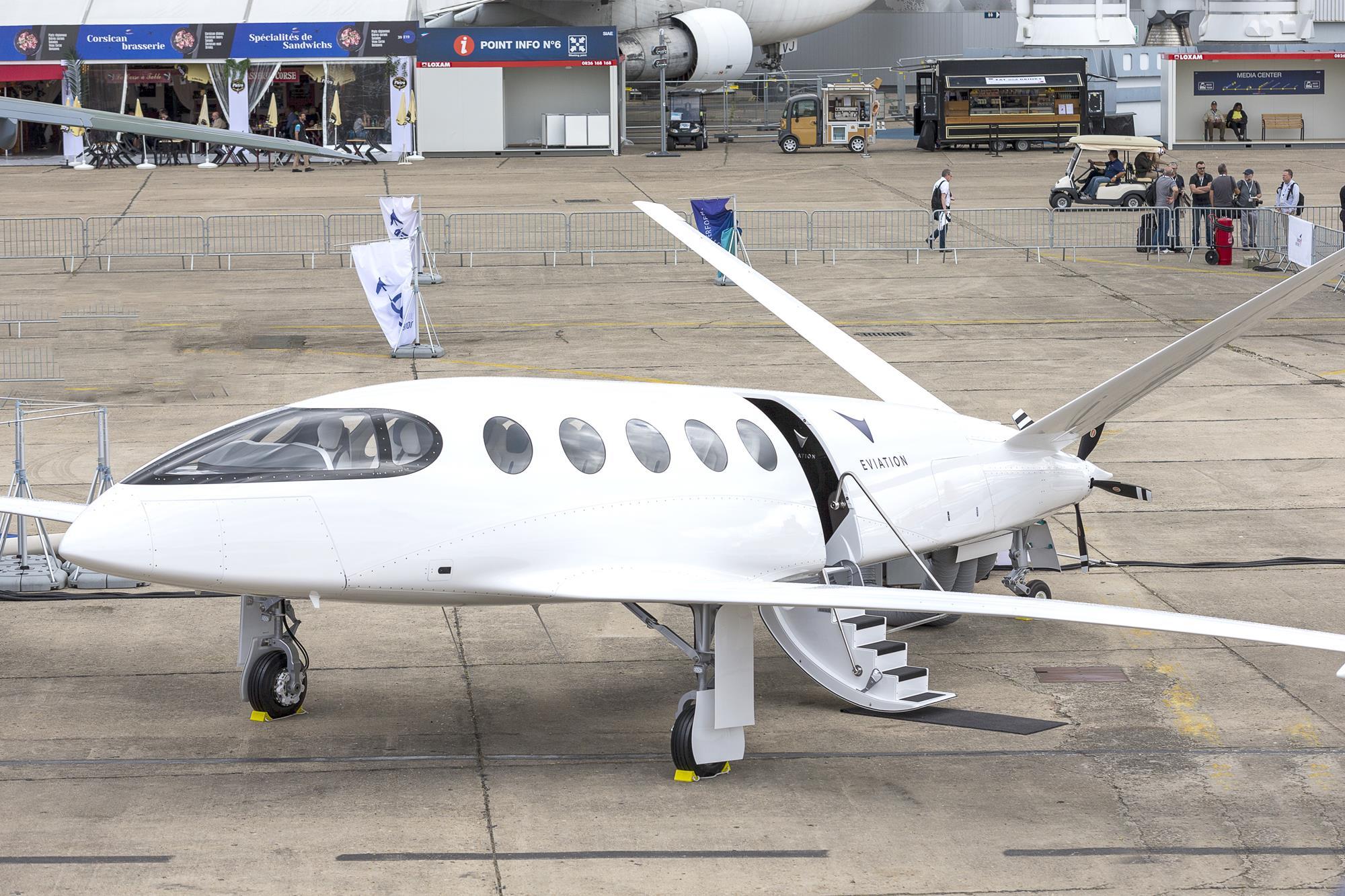
The other most essential component of eligibility for accelerated aircraft depreciation is that the aircraft's use be reserved primarily for qualified business use, which is determined by analyzing both the primary purpose of the trip and each passenger's purpose for traveling on the aircraft.
Before purchasing an aircraft, careful thought and consideration must be given to the variety of issues the purchase will raise. From the outset, it is critical to enlist the help of competent professionals to lay the foundation for the transaction by selecting the proper acquisition structure and shepherd you through the process to ensure the purchase meets your needs and that the most efficient tax results flow from the
transaction. Said simply, make sure not to rush the take off. As for 2012, the bonus will be 50 percent, but if combined with allowable expensing elections, you can still claim a sizable chunk of depreciation to reduce your tax burden and make the cost of a new airplane for business use more appealing than it otherwise might
well Importantly, this summary is not a comprehensive review or analysis of the Tax Law, but instead only emphasizes that there are a number of complex, and sometimes vague, requirements that must be satisfied to qualify for the Depreciation deduction.
Careful planning around the operation of the aircraft will help meet many of these requirements. It is important to discuss with your legal adviser or qualified accounting professional (prior to making the decision to purchase an aircraft) these requirements to understand the applicable law, and to carefully craft both the ownership structure and operation of the aircraft.
The TCJA introduced a change to the depreciation rules applicable to business aircraft, enhancing the timing and amount of depreciation deductions for such aircraft for income tax purposes. Prior to TCJA's passage, businesses and individual owners were eligible to immediately deduct 50% of the purchase price of a new business aircraft from their income subject to tax;
this “bonus” depreciation deduction was slated to decrease to 30% by 2019. Aircraft used in commercial or contract carrying of passengers and freight, which includes aircraft used in Part 135 operations, may generally be depreciated under MACRS over a recovery period of seven years.
Aircraft used in other trades or businesses or for the production of income, which are typically operated under Part 91, may generally be depreciated under MACRS over a recovery period of five years. A trap for the unwary occurs if qualified business use falls below these thresholds in any year and the taxpayer fails Code § 280F as a result.
In that case, the deduction would be prorated between the qualified business use and personal use, greatly reducing the value of the deduction. Worse yet, if the taxpayer fails Code § 280F in a year after bonus depreciation has been taken, the bonus depreciation taken in prior years will be recaptured as the owner must recognize recapture income equal to the amount of bonus depreciation taken in the prior years in
excess of the amounts that would have been deducted using the straight line method. To be effective, the Business Aircraft Use Policy needs to be developed with input from all key stakeholders in the company. Financial, tax, regulatory and risk-management issues must be addressed in the use of company aircraft.
personal use of business aircraft, business use of private aircraft


